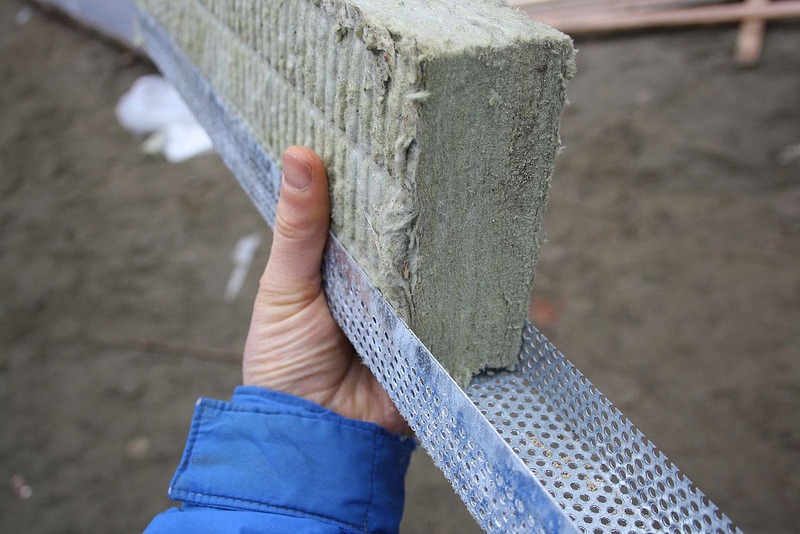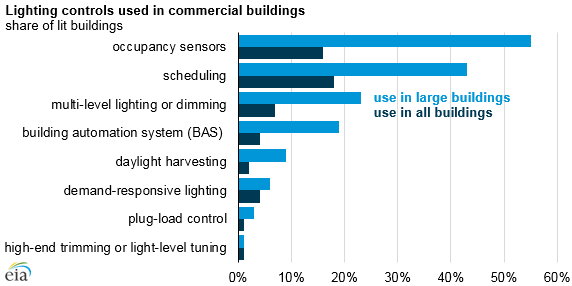Considering the economic environment and its recent effects on commercial real estate, going green is a wise way to cut costs in operating office buildings, retail stores, manufacturing facilities and malls. Tenants and owners may enjoy significant savings in utility costs if they adopt any number of green business practices, and they’ll be helping the environment, too.
One option available is solar window films, which reduce indoor air temperature in order to cut cooling costs. Newer films are revolutionary because, unlike earlier versions, they do not darken the indoor environment. They accomplish this feat by absorbing ultraviolet and infrared radiation while permitting the passage of visible light into the building. More than half of the sun’s energy is reflected away from the building by solar window films, increasing indoor comfort levels significantly. Some newer films are capable of not only blocking light, but of actually producing energy. They house ultra-thin photovoltaic material components which generate electricity during the day.
The 2008 Emergency Economic Stabilization Act gives special tax credits to owners who install energy-efficient improvements, such as photovoltaic window films. Also, the recent spikes in energy costs have created a powerful incentive for the commercial real estate community to adopt green business practices. These incentives will help offset the cost of installation.
Of course, window films are just one way to reduce energy costs in your office. Consider the following green options:
-
- mineral wool insulation. Although mineral wool forms naturally, it is manufactured for commercial purposes using basalt and iron-ore slag that is melted, spun into fibers, and held together with a special resin. This material provides excellent thermal resistance, as well as sound attenuation and flame resistance. Coupled with the EPA’s requirement that it be made from 75% recycled content, mineral wool is an attractive choice for green commercial building insulation.

- efficient lighting. The topic of green lighting is so vast that it deserves an article of its own. Commercial tenants and owners should research their options, which range from light-emitting diodes (LEDs) and compact fluorescent lighting (CFL) to the lesser-known implementation of light tubes, light shelves, and clerestory windows.

- leakage through the building envelope. An enormous amount of heat is lost in commercial offices through gaps in the building envelope, in such places as electrical outlets, mail slots, window frames, baseboards, and around pipes and wires. A commercial inspector trained in performing energy audits can perform the tests necessary to determine where energy is lost and how to resolve the problem.

- mineral wool insulation. Although mineral wool forms naturally, it is manufactured for commercial purposes using basalt and iron-ore slag that is melted, spun into fibers, and held together with a special resin. This material provides excellent thermal resistance, as well as sound attenuation and flame resistance. Coupled with the EPA’s requirement that it be made from 75% recycled content, mineral wool is an attractive choice for green commercial building insulation.
In summary, there are many options available to commercial businesses who wish to cut energy costs. The options listed above are just a few that you may want to consider.

